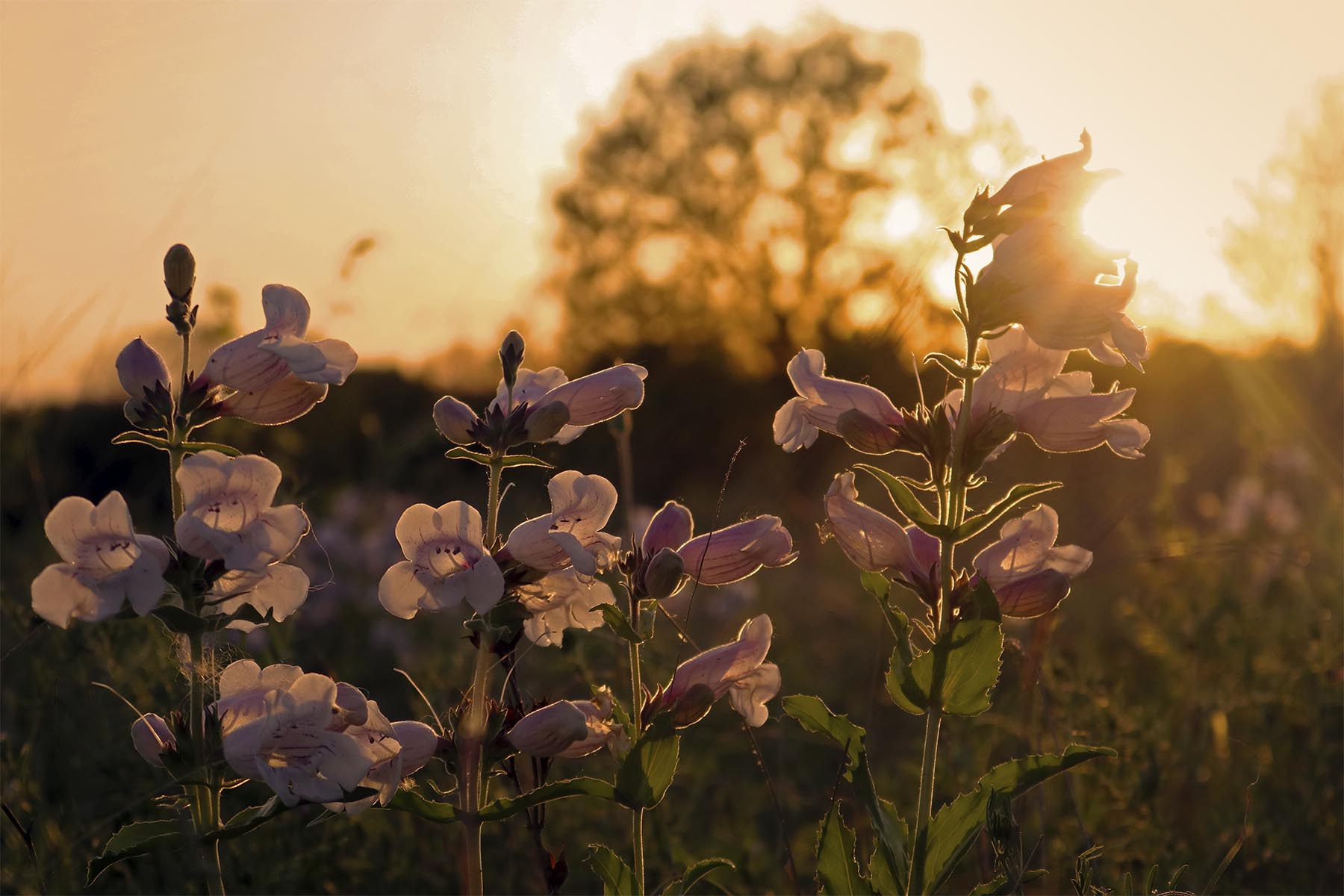There’s good news and bad news in the Trust for Public Land’s annual ParkScore rankings. First the bad: Dallas slipped two spots in its national ranking among city park systems (from 52 to 54), mostly due to its comparatively weak park amenities and limited dog parks and restrooms. But Dallas’ park access score has “improved dramatically,” according to the report, thanks to new trails and agreements with schools to open grounds for public use. The city’s median park size of 7.7 acres also exceeds the national median of 5.2 acres. These gains can be attributed to the city’s embrace of the Trust for Public Land’s “10-minute Walk to a Park” campaign.
But the real story in this year’s report is—you guessed it—the COVID-19 pandemic. Analysts with The Trust for Public Land are concerned that the economic crisis caused by the pandemic will strip municipal budgets and hamper progress to increase park access. The report points out that the city of Dallas furloughed 235 Parks and Rec employees last week.
“While few cities have announced budget plans for 2021 and beyond, park advocates are gearing up for a fight,” said Bill Lee, senior vice president for policy, advocacy and government relations at The Trust for Public Land. “We encourage the federal government to provide relief to struggling park systems in the next recovery bill. We need our parks, and we will not allow park systems to be collateral damage from the COVID-19 pandemic.”
Park budgets were slashed by about 20 percent after the 2008 financial crisis, and this economic crisis could be worse. The report also found that significant inequalities still exist between cities with large park systems. Approximately 100 million people lack access to parks near their homes, the report says, and this lack of access disproportionately affects low-income neighborhoods.
Among North Texas cities, Plano ranks highest in this year’s report at 17, followed by Dallas at 54. Arlington is a few notches down the rung at 59, and Garland, Irving, and Fort Worth round out the local list at 83, 89, and 94 respectively. Plano’s top 20 ranking owes to its large median park size of 13.5 acres and its superior park access. About 75 percent of Plano residents can walk to a park. Fort Worth is among the worst cities nationally, and its low score is due to poor amenities. The city provides only 1.2 basketball hoops per 10,000 residents.
This annual report is a useful reminder of the importance of city parks and the strides North Texas cities still need to make to match the park systems of some of its national peers. The nation’s best park systems, according to The Trust for Public Land, are in Minneapolis, MN; Washington, D.C.; St. Paul, MN; Arlington, VA; and Cincinnati, OH. San Francisco, Boston, and Chicago are among the largest cities in the top 10.
And while the pandemic threatens to challenge city budgets for park maintenance, improvement, and expansion, the crisis also underscores the demand for, and value of, neighborhood parks. Recent crowds at White Rock Lake and the Katy Trail are not merely indicators that Dallas residents love their best parks, they are reminders that many residents don’t have access to public open spaces. Neighborhood concerns over shutting down streets to improve access to public space also demonstrate how public space improvements are spread inequitably across the city.
North Texas cities are entering a time when there will be limited resources for park acquisition and expansion, but that doesn’t mean the cities can’t find ways to get creative around finding opportunities for creating more park space. Dallas’ new parklet program is one example of how public space can be found simply by reclaiming the space we forfeit to cars. In addition to expanding that program, the city could look for new ways to reclaim right-of-ways, abandoned lots, and other overlooked green space that could provide more parks for residents.






